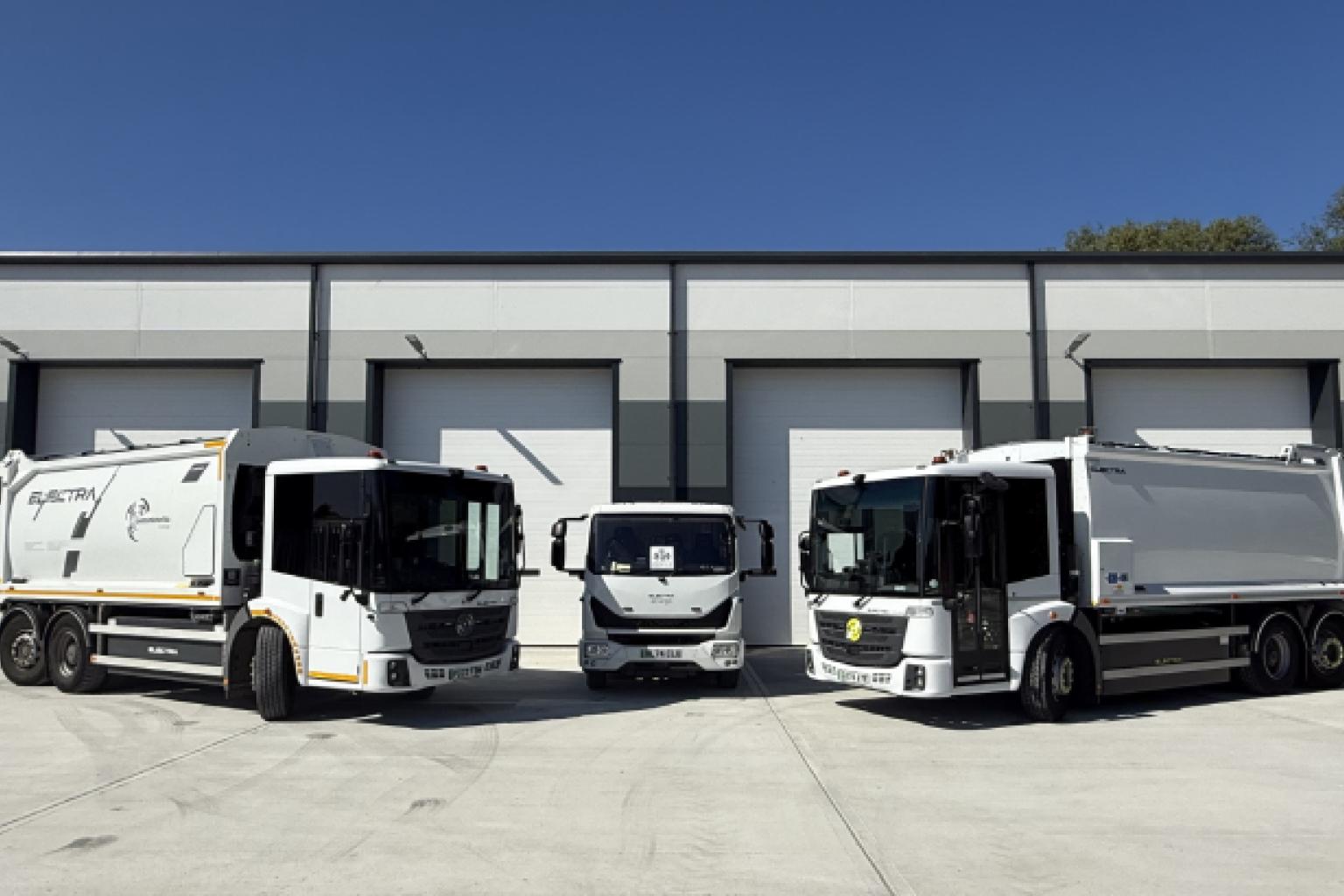
Ipswich council trials electric RCVs for organic waste
Construction & Demolition Waste 6 months ago

layersDaily Sustainability Digest
Published about 1 hour ago
Global attention on COP30 has intensified pressure on the built environment to achieve measurable decarbonisation, signalling a pivotal shift in sustainable construction finance and policy. Institutional investors managing over $145 trillion are now embedding climate transition plans into risk frameworks, reinforcing that access to capital depends on credible whole life carbon assessment and verifiable reduction of embodied carbon in materials. This reflects a growing expectation that sustainable building design demonstrate alignment with net zero carbon buildings and transparent reporting of the carbon footprint of construction. Projects unable to substantiate low carbon design and life cycle cost efficiency will struggle to attract financing, accelerating the adoption of sustainable building practices across all project stages.
Show MorearticleFeatured News

New 'science-based' circularity protocol launched for business at COP30
1 hour ago

Green Digital Action Hub Launches at COP30
2 hours ago

COP30 Covered podcast: New NDCs, Presidency handover and solving the plastic waste crisis
2 hours ago

COP30: Agenda agreed as early battle lines drawn
4 hours ago

Reconomy US expansion continues with industrial waste acquisition
5 hours ago

Ecotricity revamps approach to carbon credits
5 hours ago
play_circleFeatured Videos

Have We Finally Solved The Plastic Problem?
6 hours ago

What's tech got to do with it? | Conversations from Climate Week New York
18 hours ago

What's tech got to do with it? | Conversations from Climate Week New York
19 hours ago

: Minister for Flooding and Water marks publication of FloodReady Report
5 days ago

Solid-State Batteries: Hype vs. Reality
7 days ago

Why do circular business models fail to scale? Going it alone
8 days ago
podcastsFeatured Podcasts

What's tech got to do with it? | Conversations from Climate Week New York
19 hours ago

New Construction Models for Building Owners with WSP’s Douglas Lacy
1 day ago

170 Catherine Weetman: unpacking the new edition of A Circular Economy Handbook
3 days ago

From BIM to Circular Sampling: Benjamin Glunz on Building Smarter
7 days ago

Why do circular business models fail to scale? Going it alone
8 days ago

5 Top Parking Trends: ICYMI
8 days ago
Get your opinion heard:
Whole Life Carbon is a platform for the entire construction industry—both in the UK and internationally. We track the latest publications, debates, and events related to whole life guidance and sustainability. If you have any enquiries or opinions to share, please do get in touch.











